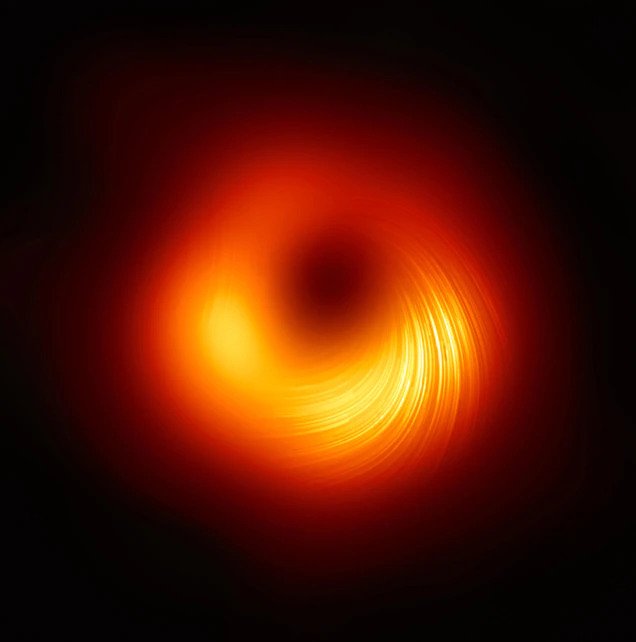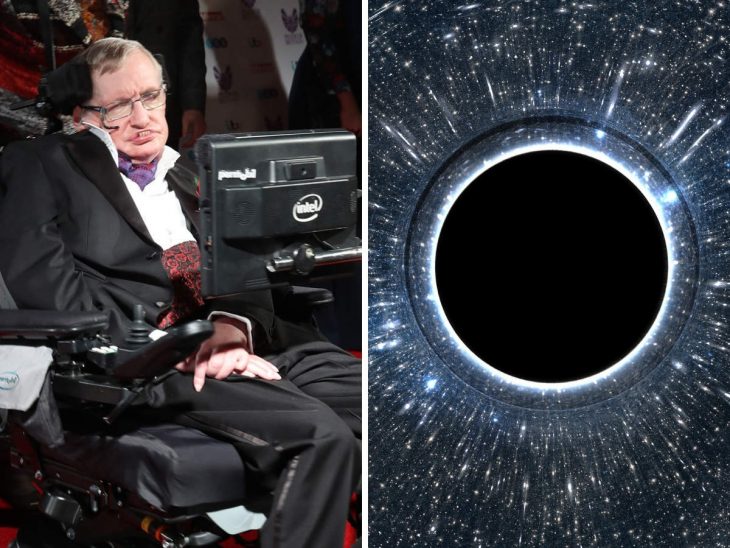Black holes have always been the ultimate villains in the story of the universe. The dark mass of objects that does not even allow light to pass through them is present in almost every galaxy. Our very own Milky Way galaxy has a supermassive black hole lurking at its centre, which makes its study, once pioneered by physicist Stephen Hawking, critical.
Now, one of Hawking’s most famous theorems has been proven by observing ripples created in space-time by the merger of two black holes. The theorem, first proposed in 1971, states that it is impossible for a black hole to decrease in size over time. The theorem has been derived from Albert Einstein’s theory of relativity that defines gravitational waves and black holes.
The black hole area theorem has fascinated physicists the world over as it works on the similar thermodynamic principle that entropy (disorder) cannot decrease over time. It consistently increases. The new observations further solidify Einstein theory of relativity.Stephen Hawking had first proposed the theory in 1971.
MEASURING BLACK HOLES
Led by astrophysicist Maximiliano Isi from the Massachusetts Institute of Technology, the researchers used the data from gravitational waves released as a result of two small black holes merging into one. They divided the gravitational wave data observed by the Advanced Laser Interferometer Gravitational-Wave Observatory (LIGO) into two time segments: before and after the merger. The scientists used the before-after measurement to calculate the surface areas of the black holes in each segment.
The calculations showed that the total surface area of the combined black hole was greater than the sum of the two smaller black holes. This observation upholds the area law that states that the size of black holes does not decrease over time.
“A black hole’s surface area can’t be decreased, which is like the second law of thermodynamics. It also has conservation of mass, as you can’t reduce its mass, so that’s analogous to the conservation of energy,” lead author Maximiliano told Live Science.

A black hole is formed from the death of a star with such a high gravitational field that the matter gets squeezed in. (Photo: Getty)
A black hole is formed from the death of a star with such a high gravitational field that the matter gets squeezed into the small space under it, trapping the light of the dead star. The first such merger of a black hole was detected in 2017 using the LIGO detectors that recorded gravitational signals via the merger of two relatively smaller black holes that started about a billion light-years from the Earth.
The two black holes were 7 and 12 times the mass of the sun and upon merger became 18 times the mass of the sun.







Leave a Reply